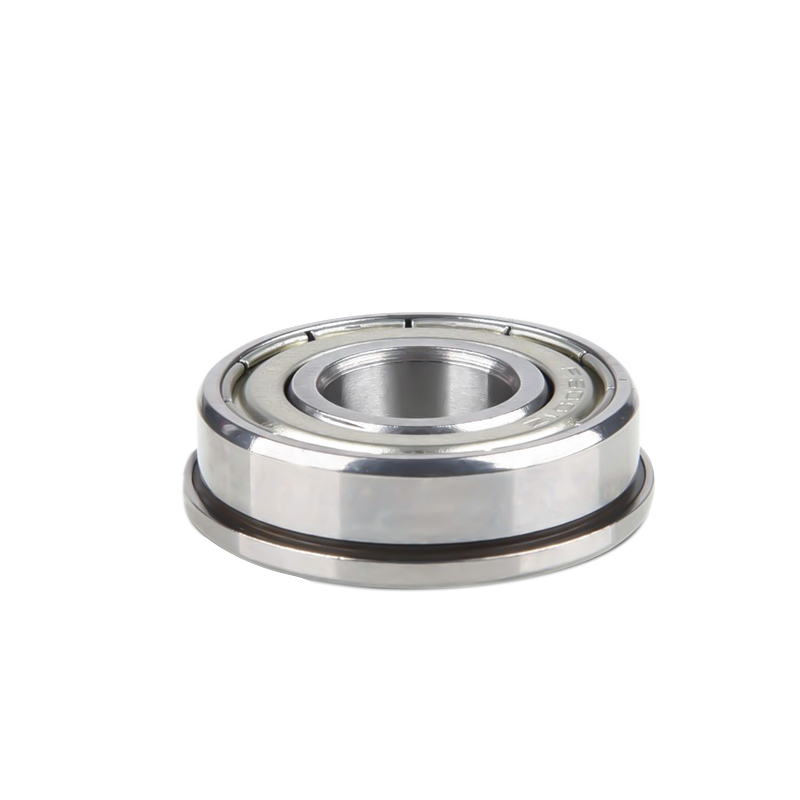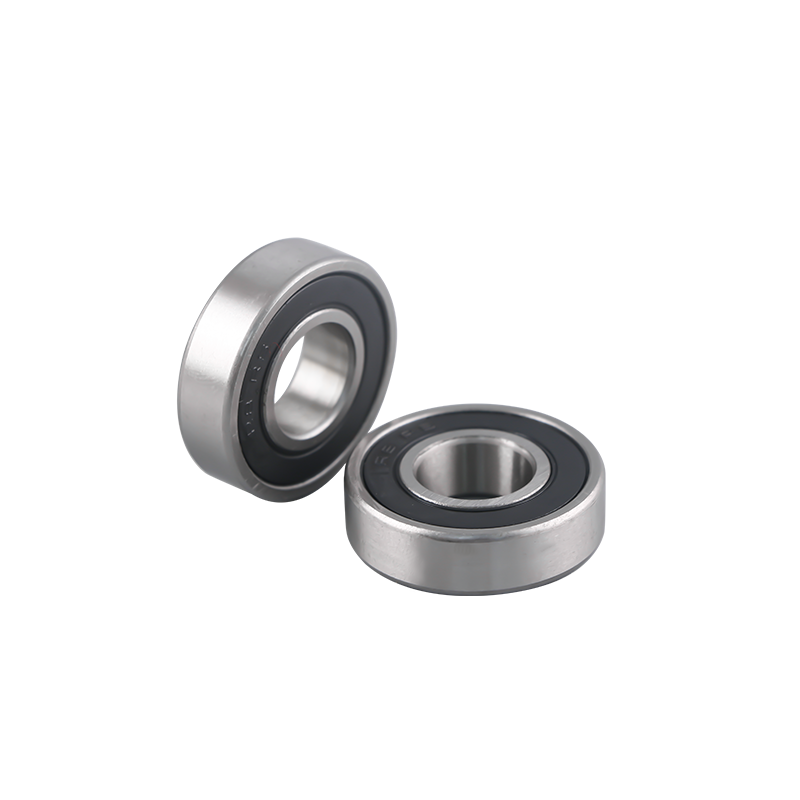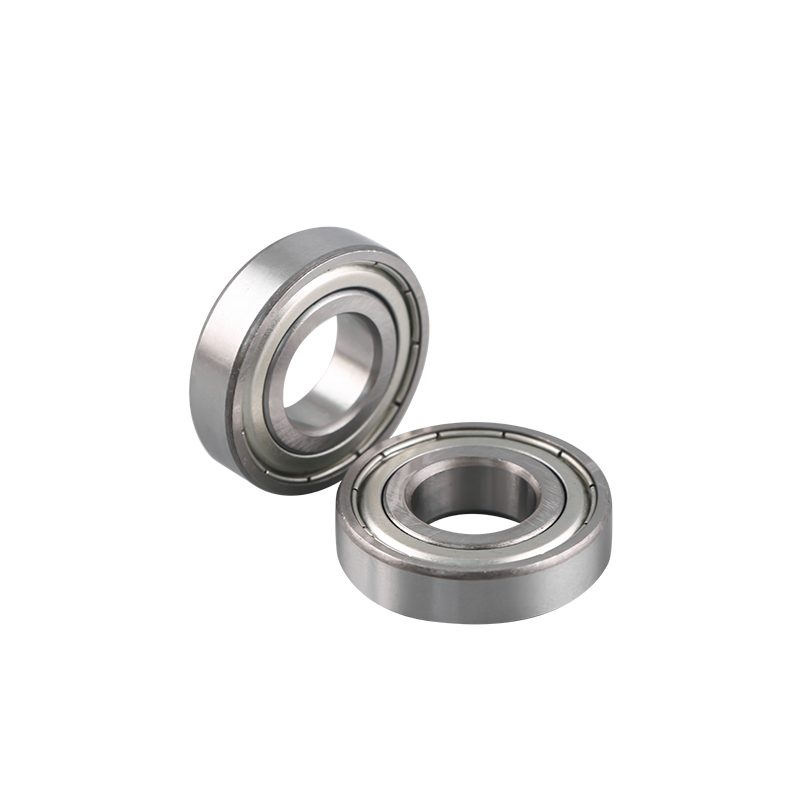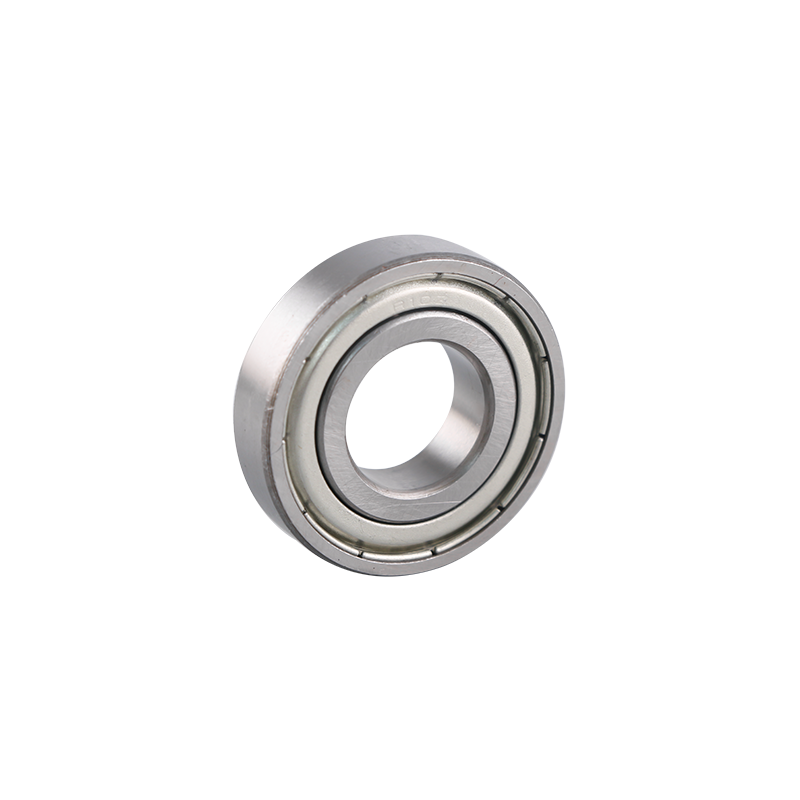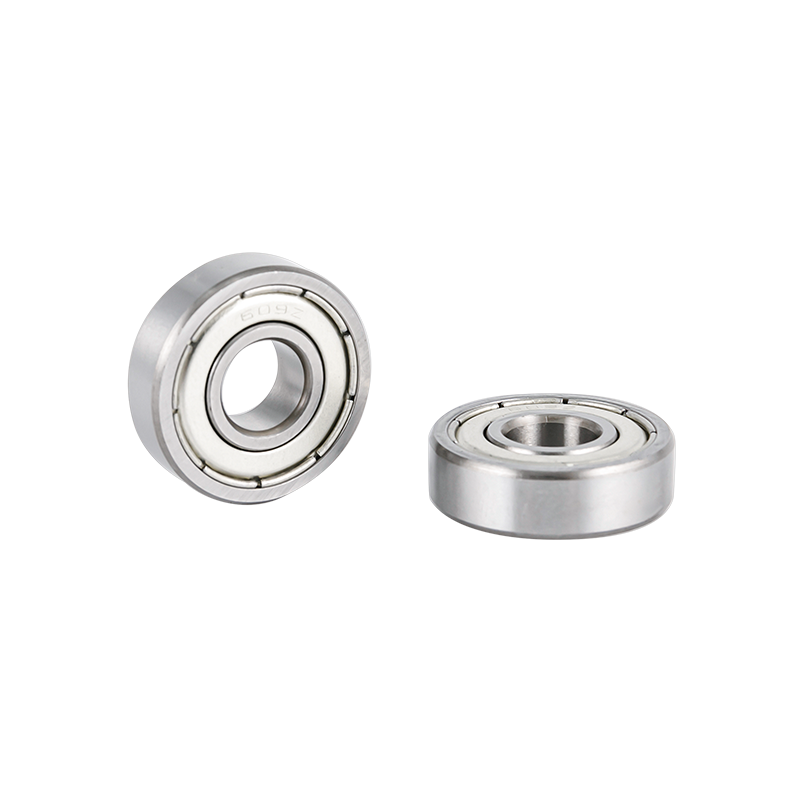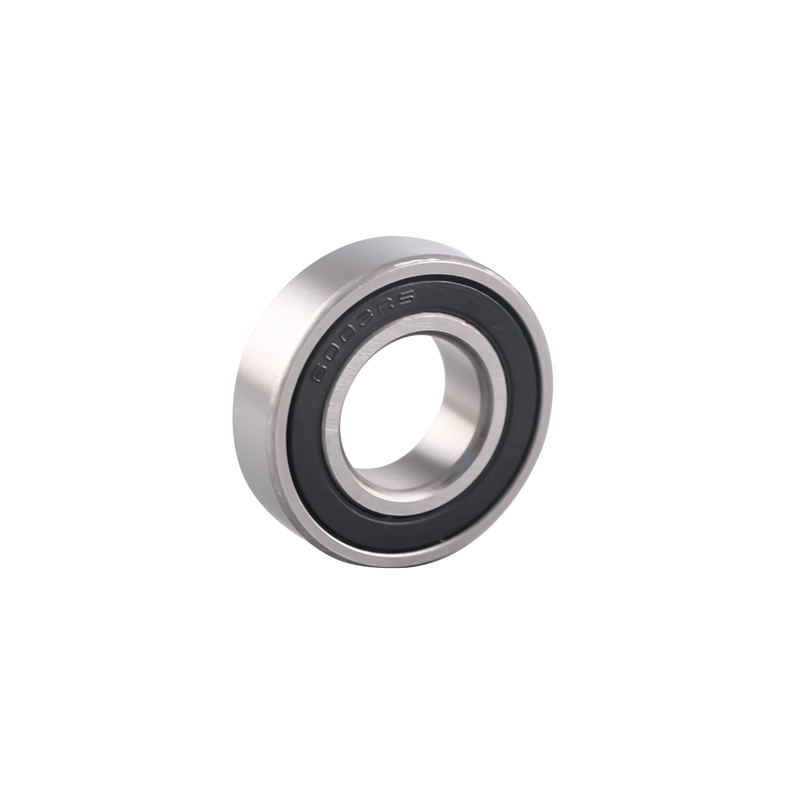The ability of
Deep Groove Ball Bearings (DGBBs) to accommodate both axial (thrust) and radial (rotational) loads is a critical aspect of their design, making them versatile and indispensable in various applications. Understanding
Radial Load Accommodation
Radial loads are those forces that act perpendicular to the axis of rotation. In the case of DGBBs, the radial load is primarily responsible for supporting the weight or resisting any forces that try to disrupt the smooth rotation of a shaft. The unique design features of DGBBs allow them to handle radial loads effectively:
Ball Bearings for Radial Load: Deep Groove Ball Bearings are equipped with precision-engineered, spherical balls as rolling elements. These balls are positioned within the raceway groove of the bearing, ensuring that when a radial load is applied, the balls smoothly distribute the load around the inner and outer rings. This uniform load distribution minimizes localized stress and wear on the bearing components, leading to a longer service life.
0-Degree Contact Angle: The contact angle in DGBBs is typically set at 0 degrees. This design characteristic is crucial for handling radial loads efficiently. With a 0-degree contact angle, the bearing's primary focus is to support radial forces, which align with the direction of the applied load.
Balanced Load Distribution: The design and engineering precision of DGBBs guarantee that the load is evenly distributed across the rolling elements and the raceway groove. As a result, the bearing can carry radial loads without experiencing excessive wear or generating excessive heat, making it ideal for high-speed applications.
Reduced Friction: The 0-degree contact angle minimizes the friction between the rolling elements and the raceway, reducing energy consumption and heat generation. This is especially critical in applications where minimizing friction is essential for efficient operation.
Axial Load Accommodation
Axial loads are those forces that act parallel to the axis of rotation, attempting to push or pull the bearing along the shaft. While DGBBs are primarily designed for radial load support, they are also capable of accommodating certain levels of axial loads. Here's how they manage axial loads:
Balanced Design: While not primarily intended for axial load support, DGBBs are engineered with a balanced design that allows them to withstand moderate axial loads. The 0-degree contact angle, combined with the even spacing of the rolling elements provided by the cage, ensures that axial forces do not excessively deform or damage the bearing.
Preventing Ball Migration: The design of the raceway groove and cage effectively prevents lateral movement of the rolling elements. This feature ensures that, when axial forces are applied, the balls remain in their designated positions, maintaining the bearing's integrity.
Applications with Light Axial Loads: DGBBs are suitable for applications where the axial loads are relatively light compared to the radial loads. For heavier axial loads, other types of bearings with steeper contact angles, such as thrust bearings, are more appropriate.
Pairing with Thrust Bearings: In applications with substantial axial loads, designers may opt to pair DGBBs with thrust bearings to ensure optimal axial load accommodation while still benefiting from the DGBB's radial load-carrying capabilities.
